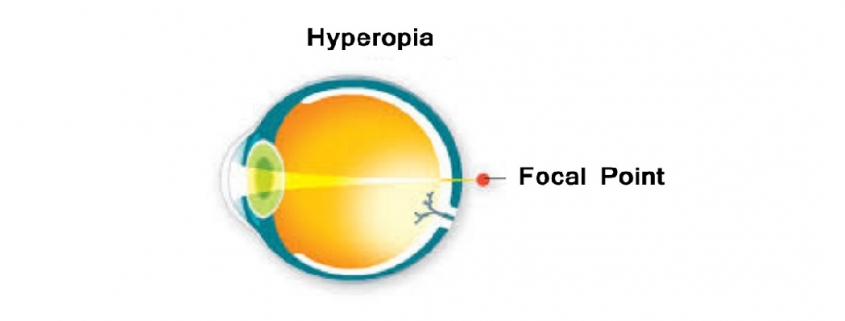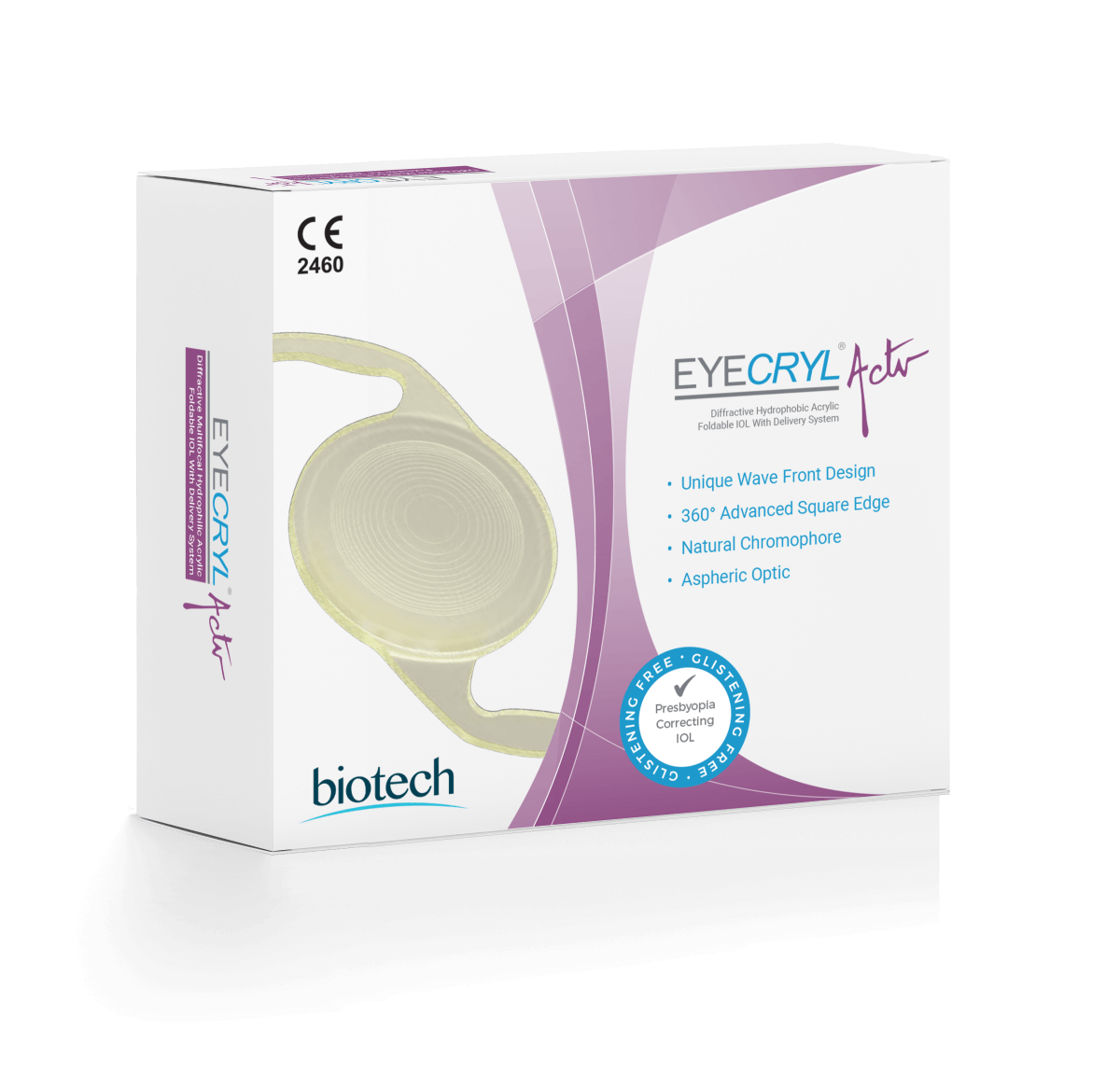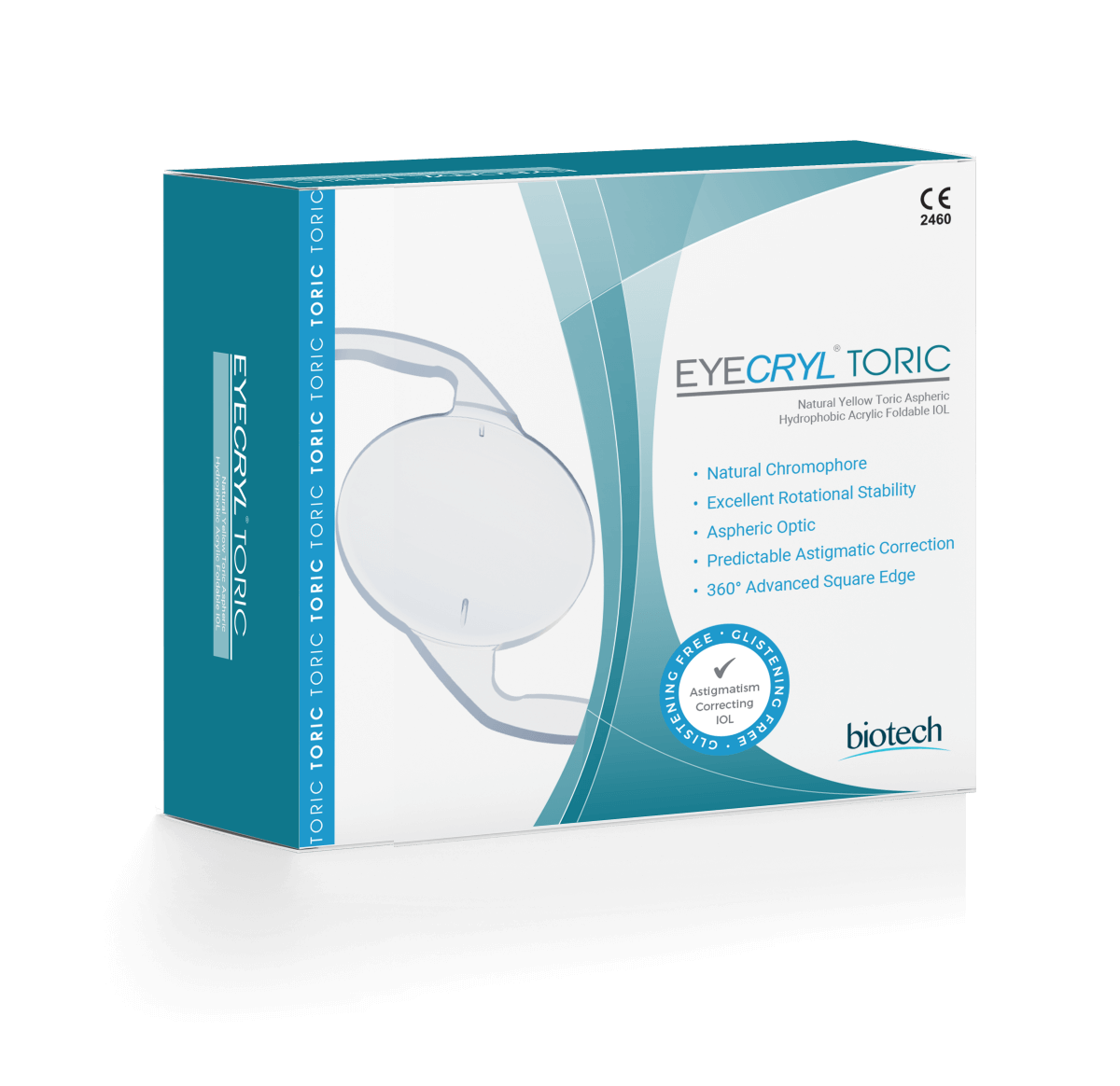What is Hyperopia (farsightedness)? Symptoms and Treatment Methods
What is hyperopia or farsightedness?
Hyperopia, also known as farsightedness or long-sightedness, is a common refractive error affecting the eye’s ability to focus on nearby objects. It occurs when the eye’s cornea or lens fails to focus light directly on the retina, causing light to fall behind the retina. As a result, objects close to the individual appear blurry, resulting in blurred vision, while distant objects are typically clear.
This eye condition can lead to a higher risk of eye strain, headaches, and fatigue when engaging in activities that require focusing on near objects for prolonged periods. If left untreated, hyperopia can lead to complications such as a lazy eye (amblyopia), where the brain favors one eye over the other, causing the weaker eye to deteriorate in vision.
Fortunately, there are effective treatment methods available for hyperopia, including glasses or contact lenses that correct the refractive error by adjusting how light enters the eye. Surgical options such as laser eye surgery, specifically laser-assisted in situ keratomileusis (LASIK) can provide long-term solutions, particularly for individuals with high degrees of hyperopia. Additionally, intraocular lens implantation cataract surgery can improve vision by replacing the natural lens with an artificial one, which can also correct hyperopia.
What is known as hypermetropia?
Hypermetropia, another term for hyperopia or farsightedness, is a refractive error where the eye struggles to focus on nearby objects because light focuses behind the retina. This can lead to blurry vision for objects close to the individual. Those who suffer from hypermetropia may experience symptoms such as eye strain, fatigue, and headaches when engaging in activities that require focusing on close-up tasks like reading or working on a computer. Untreated hypermetropia can increase the higher risk of complications such as lazy eye (amblyopia) and difficulty maintaining focus on the retina.
What are the symptoms of hyperopia?
The symptoms of hyperopia, also known as farsightedness, primarily include blurry vision when focusing on objects close to the individual. This is because the eye’s lens or cornea does not focus light directly on the retina; instead, light falls behind the retina, resulting in blurred vision for near tasks.
People with hyperopia often experience eye strain and fatigue when performing tasks that require sharp near vision, such as reading or working on a computer. These activities demand the eye to work harder to bring nearby objects into focus, leading to discomfort. A higher risk of headaches is another symptom of hyperopia, as the strain on the eyes can cause tension in the head. Children who suffer from hypermetropia may also develop a lazy eye, known as amblyopia, if the condition goes untreated. This occurs when the brain starts favoring one eye over the other, resulting in poor vision development in the affected eye. In addition to these symptoms, individuals with hyperopia may face difficulties with their ability to accommodate and maintain focus on nearby objects. This can make daily activities challenging and can impact overall quality of life.
What are the treatment methods in the treatment of hyperopia?
In the treatment of hyperopia, various methods focus on adjusting how light enters the eye to focus directly on the retina and improve vision for nearby objects. The most common treatment involves prescription glasses or contact lenses that correct the refractive error by helping the eye focus light accurately on the retina. For individuals who prefer a more permanent solution or do not want to rely on glasses or contact lenses, laser eye surgery such as laser-assisted in situ keratomileusis (LASIK) may be an option.
LASIK reshapes the cornea to correct the refractive error, providing long-lasting clear vision. Additionally, in cases where a high degree of hyperopia is present or when cataract surgery is necessary, intraocular lens implantation can be an effective method. This surgical procedure involves inserting an artificial lens inside the eye, replacing the natural lens, and correcting the eye’s focus for both near and far vision. Consulting with an eye care professional will help determine the most suitable treatment method based on the individual’s specific needs.
What is the difference between hyperopia and farsightedness?
Hyperopia and farsightedness are interchangeable terms that refer to the same eye condition, where the eye struggles to focus on nearby objects due to a refractive error. In hyperopia, the eye’s lens or cornea causes light to focus behind the retina rather than directly on it. This leads to blurry vision when trying to view objects close up, while distant objects typically remain clear. People with hyperopia may experience symptoms such as eye strain, fatigue, and headaches when focusing on near tasks.
What is the difference between hyperopia, farsightedness and presbyopia?
Hyperopia (farsightedness) and presbyopia are different eye conditions with distinct causes and age groups. Hyperopia and farsightedness are interchangeable terms that describe a refractive error where the eye struggles to focus on nearby objects due to light focusing behind the retina. Presbyopia, however, is an age-related condition that typically begins after age 40 due to the gradual loss of the eye’s ability to accommodate and adjust focus. This happens as the eye’s lens becomes less flexible over time, affecting its ability to focus light directly on the retina. People with presbyopia may have difficulty seeing objects close up, such as when reading or using a computer, even if they had clear vision earlier in life. While hyperopia and presbyopia can both affect near vision, their causes and treatments differ.
FAQ
How can I correct hyperopia naturally?
While natural methods to correct hyperopia are limited, regular eye exercises and a healthy lifestyle may help improve eye function and relieve symptoms. It’s essential to consult with an eye care professional before trying any natural remedies.
Can hyperopia cause blindness?
Hyperopia itself does not cause blindness. However, if left untreated, it can lead to complications such as eye strain and may increase the risk of developing other eye conditions such as a lazy eye.
Can hyperopia be treated with glasses?
Yes, glasses are a common treatment method for hyperopia. They work by correcting the refractive error and helping the eye focus light directly on the retina.
Does hyperopia improve with age?
Hyperopia may not necessarily improve with age. As individuals age, they may develop presbyopia, which can complicate their vision further. However, many treatment options, including glasses, contact lenses, and surgery, can help manage hyperopia effectively.






